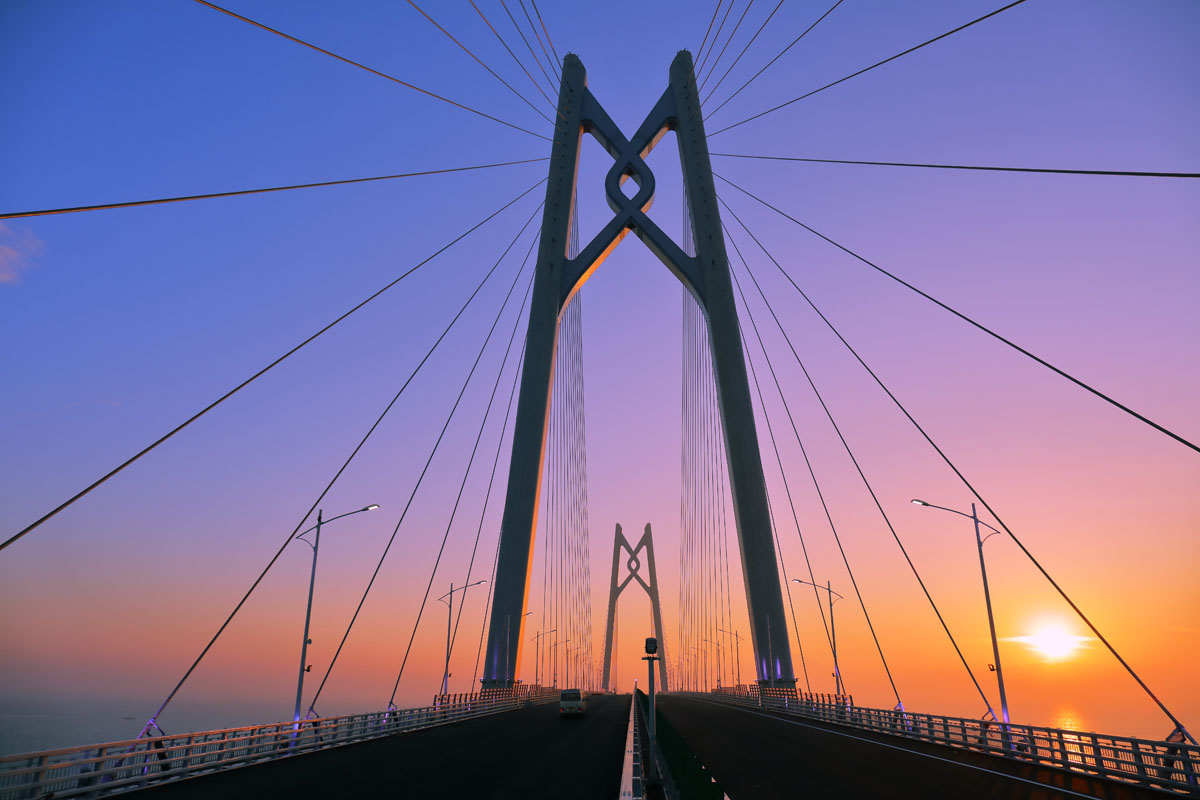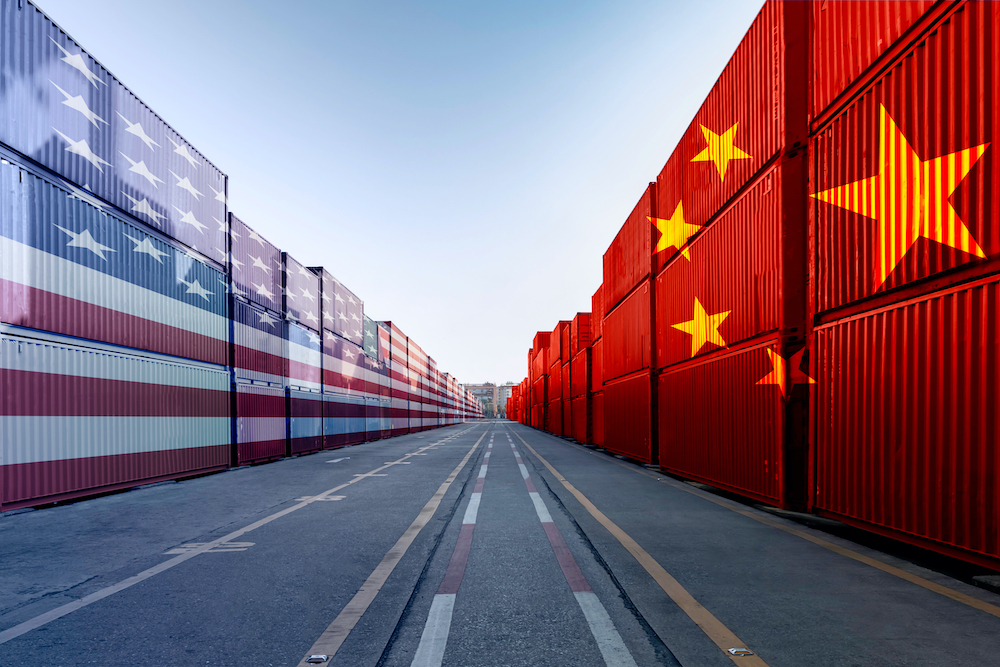Events are about details. Themes, colours, food, entertainment – these are the big things. But what about intelligent branding? Making sure that both the tangible and intangible tenets of the brand personality or story are brought to life over the course of the event is crucial for guests to feel that this event is different. It also gives people a way to bond with the brand, bringing around the loyalty and understanding of a company that groups strive to engender in employees, clients and consumers.

Purpose-driven details
The “experience” of the event or of the brand can be optimised in many ways, but understanding the driver behind it is the first step in knowing what angle to leverage. Toby Leung, managing director at Auditoire China, explains: “The values you bring forward are part of the whole strategy. The PR and communications roles are going to be different; they take different avenues to launch the message whether it’s a private function for staff only, or whether it is about spreading the message to a larger audience and opening it up to the public.”
L’Oréal celebrated its 100th anniversary in 2009, a landmark anniversary which launched a series of events worldwide, held on the same day in every part of the world in which L’Oréal operates. Explains Leung: “This is a company that has many events throughout the year, but this particular event was about treating the company’s staff to reinforce its commitment to employees. This was about ‘Look at the brand we’ve created,’ and ‘we are looking forward to the next 100 years’”. As such, highly focussed key media were present, but other than that, no outsiders were allowed. “This was about bringing a corporate message forward to their own employees.”
While this example is one where the theme of the event is clear from the start (as Leung says: “You don’t celebrate 100 years every day!”), Debby Cheung, group managing director of Ogilvy Public Relations Worldwide, China, says that companies need to make sure that they have a unique theme “so that participants will remember it after they have participated. Having a relevant theme is crucial, because it attracts people to come to the event and it is the driver for the programme, the venue and the selection of the participants. You need everything to reflect the spirit of the theme”.
She notes that, too often, companies choose themes for events that have little or no relevance to the brand, which does the overall event – and the company – a real disservice.
Companies need to be asking themselves the right questions, says Abbie McCrisken, director of events – Macau at Off-Site Connections. “What does the brand mean? How is it developing and where is it going? And with the event, how can this be reflected and what do you want to achieve? A lot of people don’t think about this,” she continues. “It’s our job to get inside your head.”
For instance, “you aren’t going to hire a comedic act for an intense pharmaceutical conference”, she says. “Not only is it about the brand, but about the demographic attending and how well-tuned in they are at the moment to your brand.” For people that need to start from the beginning, classic elements and tools need to be used, whereas those that are more familiar with the brand are primed for more risk-taking and higher-level brand association.

Beginning to end
Ensuring that an event makes an impact is all in the details. From serviettes of the brand colours to the company logo on the microphone, “it’s a lot of details”, says Cheung.
One of the starting points is the venue. “You need to choose a place that has an impact, somewhere that gives an impression of what kind of message you want to convey. Sometimes, people hold an event in an area that tells a story. Luxury brands like to select venues with heritage because that matches their brand story and history, and helps to bring out the intangible elements of the brand.” But at the end of the day, “it’s about the ability to connect with your audience through different touchpoints”.
This means branding from start to finish: invitations, the venue, the way in which guests are welcomed, activities, souvenirs, and post-event communication. McCrisken explains that personal touches – both big and small – can have the greatest impact.
Offsite Connections once branded the town of Port Douglas. “The group arrived by boat to a port that had flags flying their company logo. The first activity was the old Port Douglas market, which was then branded as their market.” Effectively, for the course of the event, the company felt like Port Douglas was their home and their place.
“We also rebranded a hotel. With the entire use of the property, we changed the name, the signage and added a ‘Hollywood walk of fame’ in front with senior executives’ names on it.” She says for large events, big and bold does make a statement, but it must be followed up with the smaller details as well.
It is not necessarily about brand awareness, but about the emotive qualities of the event and the underlying elements that get the brand message across. “From types of activities to venues, to the style of event that is interlaid with your message – colours, the design, your style guidelines. There are things that may not be recognisable straight away, but over two or three days you see it.”
Wow Factor
One of the most overused terms in the industry is the “wow factor”. The implication is that trapeze artists, pyrotechnics, or the Rolling Stones need to come out in one choreographed show in order to impress guests. But as Leung points out: “Not every brand needs to go for ‘wow’ – sometimes the wow is a re-enforcement of the core values of the brand that have been forgotten over the years. Or the ‘wow’ could be a re-introduction of brand heritage that consumers in developing markets do not understand.”
A big brand with a big reference point is Porsche, which realised that consumers in China identified Porsche with the Cayenne, not the original 911 body style that Ferdinand “Ferry” Porsche built in 1948. For the iconic luxury carmaker’s 60th anniversary, \AUDITOIRE\CHINA launched a historic exhibition for Porsche at one of Shanghai’s architectural monuments, “1933”. Guests were led through different Porsche experiences celebrating the six decades of the brand, and leading visitors through the real history of Porsche, not just the modern incarnation of the brand.
The “wow” should be a surprise – and it can be done effectively on any scale, and any budget. “It could be the event, the programming, the communication – the way you invite people to come to the event,” says Cheung of Ogilvy PR. “It doesn’t need to be ‘wow, you spent so much money’,” she emphasises, laughing.
And in fact, in the current economic climate, spending money for the sake of spending money can turn people off. That is not to say that impressing people is not important. “If you are going to host an event, you need to do a good job,” says Cheung. But depending on the brand, money does not necessarily equal impact.
It could be a big headline act or a fabulous transfer from point A to point B in helicopters or classic Rolls-Royce sedans, but it needs to be “something different”, says McCrisken. Small things like receiving branded flip-flops when arriving for a beach event are “a surprise element as well. It doesn’t need to be expensive. It is about making it an amazing experience, not just ‘that was an amazing act or event’”.
On the other side of the equation, Leung and his team organised an event to mark the launch of the Park Life/Park Hyatt in Beijing “to make people aware that the centre of Beijing has moved to the Park Life/Park Hyatt”. The efforts were nothing short of spectacular, with a projection on the facade of the building, acrobats from Germany hired to walk straight up the exterior walls of the hotel, and another group which performed a sky ballet. In addition, the event was broadcast live inside the venue itself to over 1,000 people.
“It’s an extreme comparison,” he says, contrasting Porsche’s aim going back to the core values with making a splash at the Park Life/Park Hyatt, but notes that “there are two types of ‘wow’ factors”. The job for individual companies is to understand which will be most effective for their audience, and for the aim of the event.
The CLSA Investors Forum, held annually in Hong Kong, consistently looks to cater to its audience, saying thank you to the clients that keep the research-driven brokerage firm so highly rated. The September 2009 Forum caused quite a stir, bringing a controversial speaker to Hong Kong – former US vice-presidential candidate Sarah Palin. That the speech wasn’t altogether well-received did not undermine the fact that with no journalists invited, investors were treated to something that no audience outside of the US – for better or worse – had ever heard; and a select few had drinks with her that evening. Post-speech, the subsequent press coverage also served to make it a talking point internationally, without having given access to any media outlet.
An extreme example perhaps, but certainly one that proves that knowing the audience is the key to success, and to a memorable and well-covered event. It falls into the category of what Cheung of Ogilvy PR refers to as “really engaging people. Bonding with them and impressing them, creating opportunities to connect with the audience”.
With the current economic climate, many companies are working to play it safe, notes McCrisken. “Big financial companies don’t want branding everywhere in the city or hotel anymore,” she says. “They want to be a lot more subtle in exposure. They are hosting events, but it’s about the small touches to get the brand out there.”
In addition, the reasons for hosting are changing, including incentive programmes based not on sales, but on service and personality. “We are seeing awards for best leader, not best sales; long service rather than best year,” McCrisken says.
With a need to focus on changing with the times and the economic climate, Cheung hopes “companies can be more creative. Today, there is a safety element that they want to repeat themes from years past. But when it comes to events, you don’t want to repeat anything; people will get bored.”
Cheung points to an internal event Ogilvy hosted as an example. Unable to spend money to bring all of the employees to one location for the annual staff meeting, the group hosted virtual events.
With the launch of Ogilvy Earth in 2009, the theme was “Sustainability. The Time is Now”. In the spirit of eco-consciousness, staff in one city were gathered in an event or conference room, and virtual speakers – avatars – were designed to deliver the speeches. “You don’t see the speaker on screen,” she says, “but the avatar is there in their likeness. He or she appears in the rainforest or another venue related to the green message, and the movements are in sync with the speech – laughing or when he finishes he bows – that is something that is both about saving money and being creative.”
Says Leung succinctly: “With events, you can’t do a second take. So with some clients, there is a reason for playing it safe. But that is why we are here to try and get them to push the limits a bit, to create and suggest alternative ideas that allow them to take a calculated risk.”
Events that stand out, reinforce the brand values, and provide a way for guests to bond with the brand and understand the company’s personality make it an experience that is remembered, not just a party that could have been thrown by anyone.
TOP TIPS
• Come up with a catchy name for your event that is memorable and conveys the idea of the event and its brand message.
• Create a tagline. Taglines are memory magnets. You'll want to create a punchy expression of your idea that sticks in the mind and connects emotionally with the audience. Short taglines are always best.
• Commission a logo for the event. Most companies and causes have a logo. Logos such as the Nike swoosh, Coke's wave or the Olympics' interlocking rings are as familiar as the names of the products or the event.
• Create a trademark element and work it into your event. Come up with a signature element that will be talked about. You can get a lot of ideas from successful TV shows. Look at Donald Trump's The Apprentice and his signature line, "You're fired." Then, there's the trademark scene of the fired individual getting in the elevator at Trump Tower and wheeling a suitcase through the big gilded doors out into the ordinary world. All of these are branded elements of the show.
• Engage the audience. In the branding model, marketers think of appealing to the target audience. They begin by thinking about the impression they want to make with the audience and how they want them to react. Then, they plan the content of the brand message based on the target audience feedback. Often, marketers go to great lengths to visualise themselves as a typical member of the target audience.
• Create a sense of exclusivity. Just as there is a hierarchy of brands, there is a hierarchy of events. The most successful events and meetings are not only talked about, but people vie to attend them. You'll want to create a sense that your event is a must-attend.
• Add the celebrity touch. The touch of a highly visible celebrity can jump-start demand and interest for a meeting or corporate event. Celebrities give you instant visibility and help draw big crowds. You'll want to choose a celebrity though who is compatible with your corporate brand.
• Create a branded experience. Everything – invitations, logo, venue, speakers, decorations, posters, room gifts, special invitees – conveys meaning, so use everything possible to your advantage. What you want to do is burn in a single-minded brand identity at every touchpoint, producing a consistent brand experience.
• Branders must always be prepared to give up a design or idea or meeting element that could be confused with that of a competitor's. What you want is a total brand experience that's consistent and powerful. An experience that fits your event and is right for your company.
Adapted from US marketer Catherine Kaputa's suggestions on www.catherinekaputa.com


